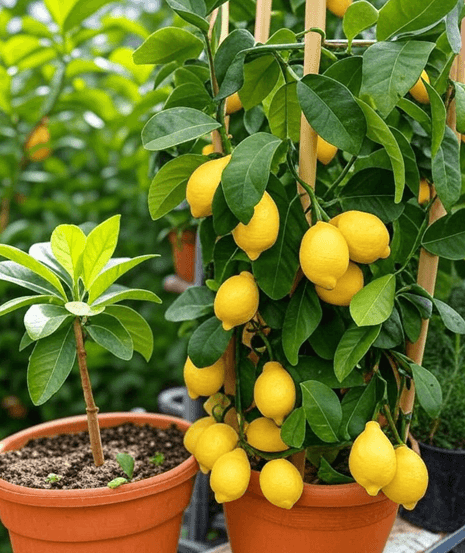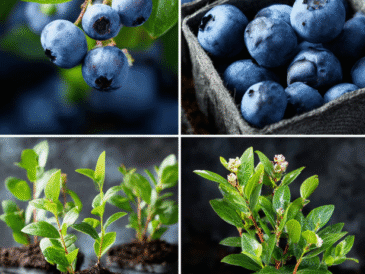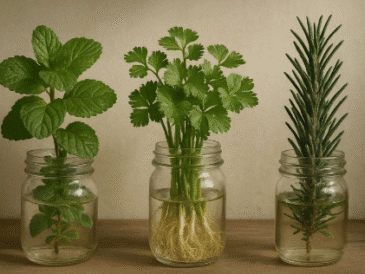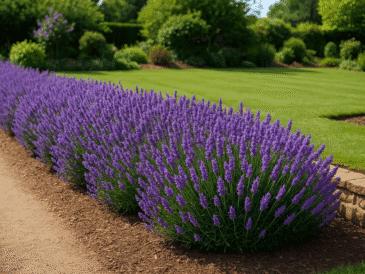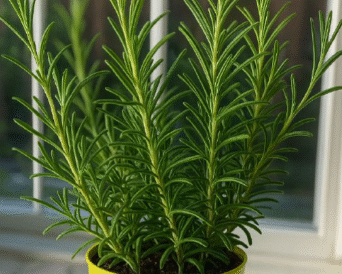There’s nothing quite like the zesty, sunshiney scent of a fresh lemon — especially when it comes from your very own tree 🌞.
Sure, lemon trees love warm, sunny places like California or the Mediterranean… but guess what? With the right tricks, you can grow a big, fruitful lemon tree almost anywhere — indoors, outdoors, or even in a small city apartment.
Why Bother Growing Your Own Lemon Tree?
- Fresh, juicy lemons year-round 🍋
- Gorgeous glossy leaves + fragrant blossoms 🌿🌸
- Naturally cleans your air indoors
- Lives for decades and self-pollinates (no bee babysitting required) 🐝
- Therapeutic gardening with delicious rewards
🌎 Can You Really Grow a Giant Lemon Tree Anywhere?
Yes — but the approach changes depending on where you live:
- Warm zones (9–11): Plant directly in the ground for maximum size.
- Cooler zones (4–8): Grow in large containers and bring indoors for winter.
- Apartments: Choose a dwarf variety, give it lots of light, and prune for shape.
Even potted lemon trees can reach 5–8 feet tall and produce full-size fruit if treated right.
🌱 Step-by-Step: Growing Your Own Giant Lemon Tree
1️⃣ Pick the Perfect Variety
- Improved Meyer Lemon: Compact, sweet, and prolific — perfect for pots.
- Ponderosa Lemon: Produces massive lemons (like grapefruit-big!) 🍊
- Eureka Lemon: Tart, classic flavor — great for pots or in-ground.
- Lisbon Lemon: Cold-tolerant and vigorous — ideal for outdoor giants.
💡 Tip: For containers, go for dwarf or semi-dwarf rootstock.
2️⃣ Location, Location, Location
- Outdoors: Full sun (6–8 hrs), wind protection, slightly acidic soil.
- Indoors: Brightest south-facing window, away from vents, with grow lights if needed.
3️⃣ Soil Matters
Lemon trees hate soggy roots. Use well-draining, slightly acidic soil.
Outdoor mix: Native soil + compost + sand + perlite
Container mix: 2 parts peat moss + 1 part perlite + 1 part coarse sand + optional compost
4️⃣ Pot Size (For Indoor Trees)
- Start small (5-gallon), then move up to 15–25 gallons as it grows.
- Must have drainage holes!
5️⃣ Watering Rules 💧
- Let top 1–2 inches dry before watering again.
- Deep soak until water drains out.
- Never let roots sit in water.
- Cut back in winter.
6️⃣ Feeding Time 🍽
Use a citrus-specific fertilizer high in nitrogen + micronutrients.
- Spring to fall: every 4–6 weeks
- Winter: pause or reduce feeding
Organic picks: fish emulsion, compost tea, or aged manure.
7️⃣ Pruning for Power ✂️
- Best time: late winter or after harvest
- Remove dead branches + rootstock suckers
- Open up the canopy so sunlight can reach the middle
- Never cut more than 20% at once
8️⃣ Pollination Help (Indoors) 🌸
- Use a small paintbrush or cotton swab
- Gently move pollen between flowers
- Repeat daily while blooms are open
9️⃣ Winter Care (For Cold Climates) ❄️
- Bring inside before frost
- Check for pests and clean leaves
- Transition slowly to indoor light
- Keep bright, humid, and just moist enough
🔍 Pests & Problems
Common pests: aphids, scale, spider mites, whiteflies
Natural fixes: neem oil, insecticidal soap, ladybugs
Common issues:
- Yellow leaves = overwatering or nutrient deficiency
- Black sooty mold = pests like scale or aphids
- Droopy leaves = underwatering or root stress
🌟 Bonus Tips for Faster Growth
- Rotate indoor trees weekly
- Mulch outdoors to hold moisture
- Stake young trees to grow tall
- Pinch new shoots for bushier growth
🍋 Harvesting Your Lemons
- 6–9 months after flowering
- Fully yellow (or yellow-green for Meyer)
- Slightly soft to the touch
- Twist or snip — never yank!
You don’t need to live in a sunny paradise to have a huge, fruit-laden lemon tree 🌞🍋. With the right variety, soil, and care, you can enjoy homegrown lemons whether you’re in a cozy apartment or a chilly mountain town.
Every bloom is a promise, and every lemon is a little piece of sunshine — right in your hands. 🌿💛
